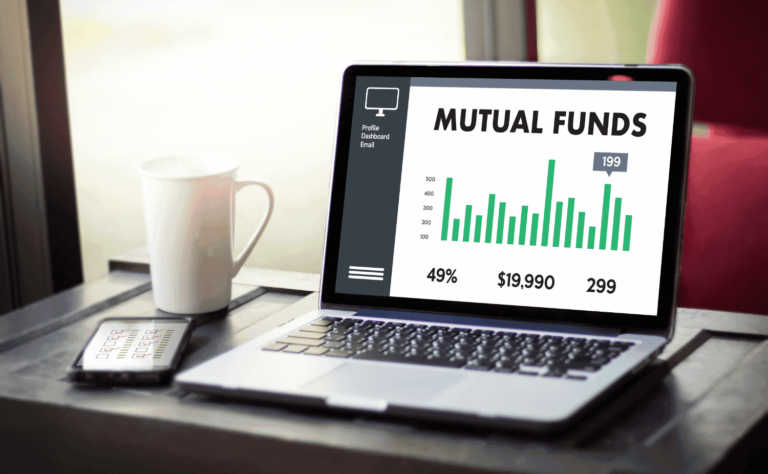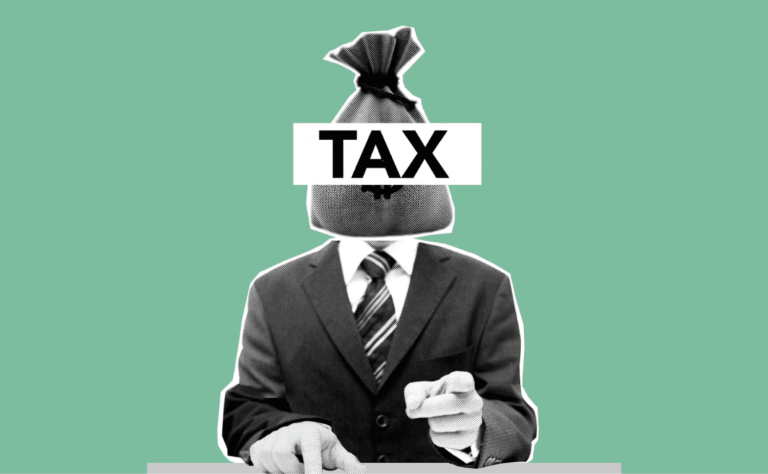We Are Sharing a Detailed Analysis of This Fund, as This is One of the Top-rated Funds in Our Research Basis Various Parameters Under the Elss Category. Whilst We Have Mentioned Some of the Important Parameters Below, the Research is Conducted Taking Into Account More Than 15 Parameters, Starting From the Period of Existence of the Fund House and Scheme to Current Portfolio Holdings, Pe and Pb Ratios. Only After Such Intensive Research Do We Suggest This Fund to Readers Under Equity Linked Savings Scheme (Elss) Category. Investment in Funds Under the Elss Category Comes With a Statutory Lock-in of 3 Years and Tax Benefit Under Section 80c. However, the Returns Generated From Elss Are Taxable With the Dividend Distribution Tax (Ddt) and Taxes on Capital Gains (Ltcg).
Introduction:
Axis Long Term Equity Fund is a Diversified Equity-linked Saving Scheme (Elss) That Invests in a Mix of Large Caps and Select Midcaps. The Fund Manager Looks at Opportunities Across the Market Cap and the Portfolio Remains Balanced Between Its Large and Mid-cap Allocations. Further, They Invest in Quality Businesses for the Long Term Through Bottom-up Stock Picking as 3-year Lock-in Eliminates Near Term Pressure on Stock Selection.
Brief History:
the Fund Was Started on 29th Dec. 2009 and Currently Mr Jinesh Gopani Has Been Managing the Fund Since 1st April 2011.
Fund Management:
With the Asset Under Management (Aum) of Rs. 33,529.42 Crores as of 30th Nov 2021, the Fund is the Largest in Its Category. the Fund is Managed by Mrjinesh Gopani Since 1st April 2011. With 10 Years Plus a Duration of Mr Gopani Being the Fund Manager, the Fund Enjoys Steady and Sound Management. There Has Also Been Decent Stability in the Asset Under Management in the Last Three Months.

The Fund’s Expense Ratio is 1.58% as of 30th November (for Regular Plan), Which is the Lowest in the Category as of 30th Sept 2021, Whereas the Average Expense Ratio of This Category is Approx. 2.18%.
Portfolio Diversification:
Sector-wise: Referring to the Data From the Fund Fact Sheets of the Last Two Months as Shown in the Below Table, the Fund Manager Has Reduced Allocation From Financial Services and Increased Allocation Into Consumer Services and It Sector. The Top 10 Sectors Represent Almost 96% of the Total Portfolio.

Stock-wise:
Similar to Sectorial Allocation, Referring to the Data From the Fund Factsheet of the Last Two Months as Shown in the Below Table About Top 10 Holdings, There Has Not Been Significant Change Except the Addition of Approx. 1% Into Tata Consultancy Services Ltd and Approx. 0.80% Into Zomato Ltd. At the Same Time, the Fund Manager Has Pared Down the Allocation of Hdfc Bank Ltd by 1.9% Approximately.

We Observed That the Fund Manager Has Always Maintained a High PE / PB Ratio for the Portfolio Than Its Peers. We Believe This is Because Quality is a Key Criterion for Stock Selection.
Managing Market Volatility:
We Have Looked at 3-year Capture Ratios as Mentioned in the Below Table, the Fund Captures Only 87% of Downside Experienced in the Benchmark Index, Which is Much Better Than the Category Average, I.e. 98%. However, the Fund Tends to Capture Upside in the Market Similar to the Category Average.

Performance Review Basis Rolling Return Data:
Rolling Returns Are the Annualized Returns of the Scheme Taken for a Specified Period (Rolling Returns Period) on Every Day/week/month and Taken Till the Last Day of the Duration. In the Below Table We Are Showing the Annualized Returns Over the Rolling Returns Period Every Day From the Start Date and Comparing It With the Benchmark. Rolling Returns is the Best Measure of a Fund’s Performance. Trailing Returns Have a Recency Bias and Point to Point Returns Are Specific to the Period in Consideration. However Rolling Returns, on the Other Hand, Measures the Fund’s Absolute and Relative Performance Across All Timescales, Without Bias.
While Reviewing the Rolling Return of This Fund, We Have Considered a 3 Years Rolling Period From 29th Dec 2009 (Inception Date of the Fund) Till 7th Jan 2022. We Observed the Out-performance of This Fund in All the Rolling Return Periods.
Let Me Explain to You the Below Data. You Would Notice That Axis Long Term Equity Fund Has Generated an Average Return of 17.8% P.a. Against 11.47% P.a. Return by NSE Nifty 50 Total Return Index and 12.12% P.a. Return by Its Benchmark I.e., S&P BSE 200 Total Return Index. Similarly, the Fund Has Generated Maximum and Minimum Returns of 38.24% and 0.6% Respectively in a 3-year Holding Period Against 23.55% and -4.46% by NSE Nifty 50 Index and 25.24% and -5.42% by Its Benchmark S&P BSE 200 Index. This Looks Directionally Correct With the Capture Ratio Mentioned in the Above Table. Going Ahead on the Right-hand Side of the Same Table, the Data Shows How Many Times in the Given Period, the Performance of the Fund and Indexes Has Been in the Defined Range. E.g., in a 3-year Holding Period, AXIS Long Term Equity Fund Has Never Generated Less Than 0% Return Compared to the Nifty 50 Index and BSE 200 Index Has Generated Less Than 0% Return for 1.06 Times and 4.43 Times in the Same Period and Likewise for Different Performance Ranges.
Typically, in Our Estimates, We Assume Long Term Average Return From an Equity Fund to Be Around 12%. Thus, in the Last Two Columns, We Have Looked at It How Many Times the Fund Has Generated More Than 12% Return in Comparison With the Two Indexes.

Please Note That Past Performance May or May Not Be Sustained in Future.
Tax Implications:
Since This is an Equity-oriented Fund, the Current Tax Implications on Capital Gains Are as Below
Short Term Capital Gain – Not Applicable as Investors Can Withdraw Their Investments Only After 3 Years.
Long Term Capital Gain @ 10% + CESS(Holding Period More Than 12 Months)
Exit Loads:
NIL
Conclusion:
We Continue to Recommend This Fund Against Other Funds in the ELSS Category. The Fund Scores Better in Various Parameters as Explained Above.
We Suggest Investors Follow a Strict Asset Allocation Strategy in Their Portfolio in Line With Their Financial Goals and Risk Profile. Accordingly, They Should Decide Whether They Should Choose an ELSS Fund for Tax Savings Investment or Other Options, Such as PPF, Tax Saver FD, Etc. Investors May Consult With Their Financial Advisor Before Making a Final Investment Decision.





